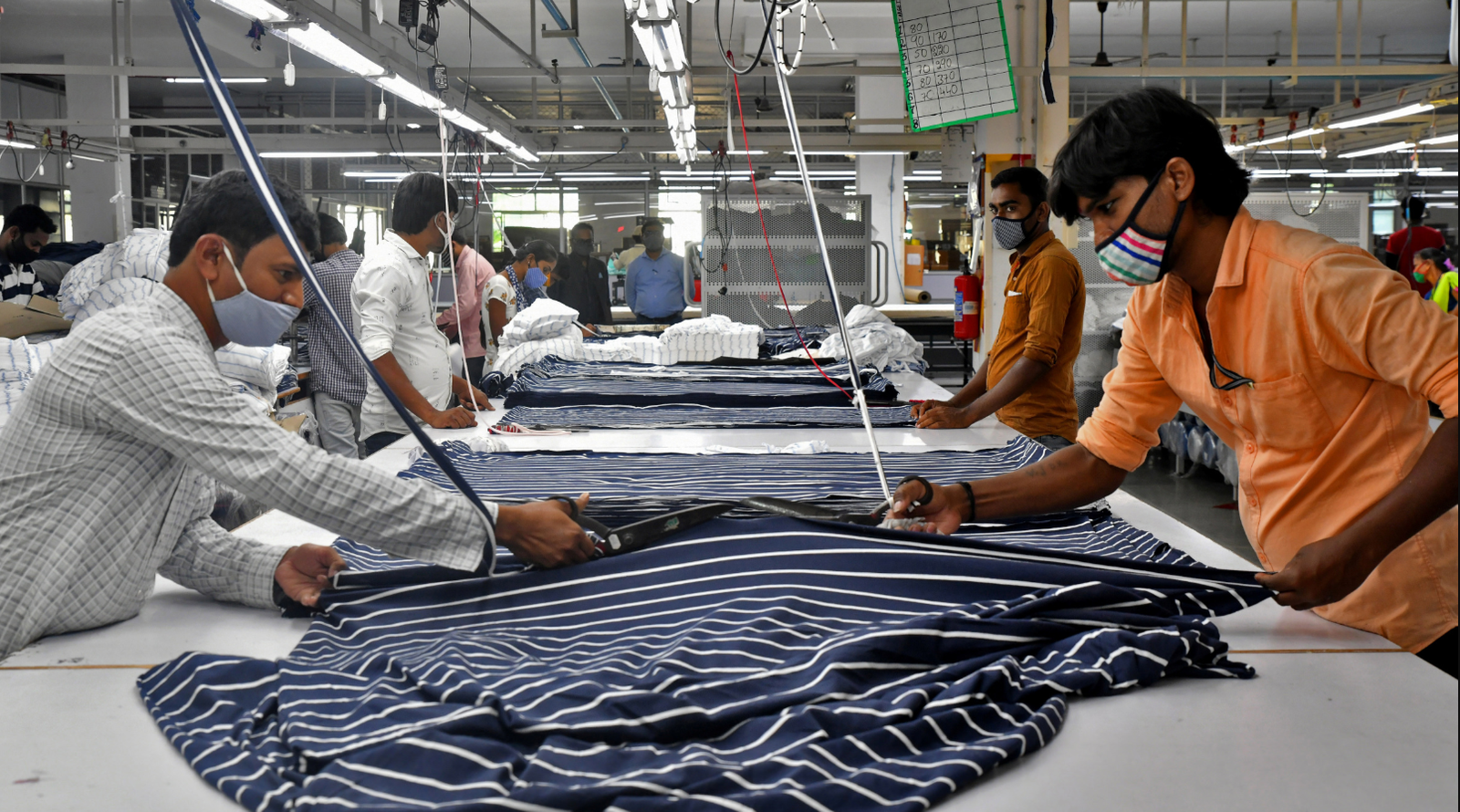India, despite being the world’s most populous country, continues to trail China significantly in terms of its labor force, according to a report by Oxford Economics.
Despite its large population, India’s labor force participation stands at only 51%, lagging behind China by 25 percentage points.
The report suggests that, based on current projections, India’s labor force will remain smaller than China’s until the late 2040s. To achieve a labor force size comparable to China’s by 2030, India would need to achieve a participation rate of over 70%.
“Although the rate will increase over time, our current projections suggest India’s labor force will remain smaller than China’s until the late 2040s,” Oxford said in a report last week.
One of the contributing factors is that, although a larger proportion of India’s population is of working age, those between the ages of 15 and 64 make up only 51% of the country’s labor force, compared to 76% in China.
India’s population is currently estimated at 1.4 billion, expected to peak at just below 1.7 billion in the mid-2060s. In contrast, China’s population is projected to decrease to 1.1 billion by that time.
The report also highlights the significant gender disparity in India’s workforce. While China’s female labor force participation stands at 71%, women constitute only 25% of India’s workforce, falling even below countries with lower income levels such as Pakistan (26%) and Bangladesh (40%).
Apart from low labor force participation, India faces challenges related to the productivity of its workforce.
Oxford Economics attributes this to the country’s inadequate education and healthcare standards. India’s average human capital levels, which determine workforce productivity and are influenced by education and health outcomes, currently rank behind those of China and most regional peers.
Data from the World Economic Forum indicates that India’s literacy rate in 2018 was 74%, significantly lower than China’s 97%.
Additionally, India’s education quality remains a concern, with learning disruptions during the pandemic affecting reading and math proficiency, especially in rural areas.
Also Read: Canada Postpones Trade Mission To India Amid Strained Relations
In terms of healthcare, India’s life expectancy at birth was 70.9 years in 2019, compared to China’s 77.7 years. Furthermore, India has only 7.3 doctors per 10,000 people, while China boasts 23.9 doctors per 10,000 individuals.
To address these challenges, the report emphasizes the importance of increasing funding for education and healthcare in India.
Currently, education spending accounts for a mere 2.9% of India’s GDP, falling short of the government’s target of 6% set for 2020. Similarly, while government expenditure on healthcare has increased to 2.1% of GDP this year, it remains lower than in many other countries.




